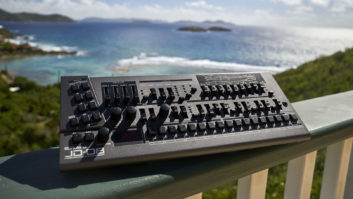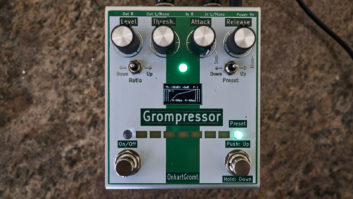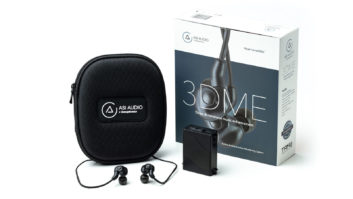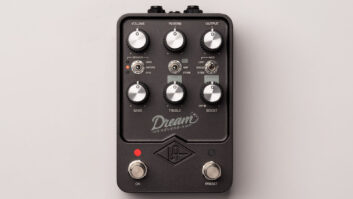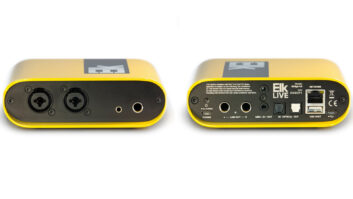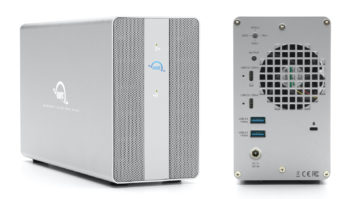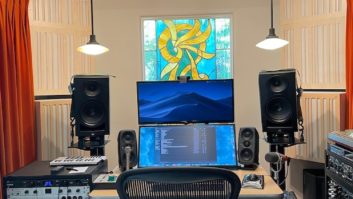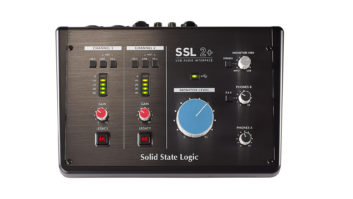

Without a doubt, 2020 was one of the most challenging years for all of us. There were highs and lows, ups and downs, and a lot of uncertainty for those of us in the music industry. For those of us used to being on the road often, we found ourselves suddenly grounded at home, trying to figure out which yeast to buy for a bread recipe or whether we could squeeze in three Zoom dinners in one night. If there’s any silver lining we can find, it would be that we’ve been gifted with an abundance of time to refocus our attention and energy.
Even with Zoom fatigue, there’s always one I look forward to the most: the weekly catch-up with my touring buddies, where we can nerd out on what we’re working on and what gear we’re using. One piece of gear that has come up more than once in our conversations is Solid State Logic’s Fusion. Introduced in late 2019, Fusion is an all-analog, two-rackspace, stereo outboard processor that has a half-dozen tools for adding tonal character, weight and space to a mix bus or stereo stems. As you can imagine, I was stoked when the opportunity came up to play around with one.
My first impression of the SSL Fusion was that it wasn’t flashy, but straight to the point. The knobs and buttons are cosmetically consistent with what you’d expect from SSL, and they were sturdy with almost no wobble. The simplicity and layout itself make you want to start twisting knobs straight out of the box.
If you’re more in the habit of reading a product manual first, the user guide is a helpful read, with some good documentation and some context for starting points. The SSL Fusion has the option to be a hardware insert to an audio interface as well as an insert to an analog desk or summing mixer. As a matter of fact, there are so many different applications for this unit, I’d suggest doing a search online for some ideas of different uses available.
For me, I ran it through three scenarios—raw drums, guitar/bass stems and unmastered mixes—and everything that went in came out with a considerably more desirable sound. It absolutely made a noticeable difference to my sessions.
After setting the input trim, the first stop in the chain was the Vintage Drive. I kept the Drive level (which literally goes to 11) between 3-6 and the density level from 3-7, keeping the LED in the green and driving a solid orange at the most extreme. I had it on my drum bus and a kick/snare combo, and it added wonderful harmonics while hyping up overall volume and color. Vintage Drive is probably the most musical part of the unit—if SSL shipped Fusion as solely this one section, it would still be worth it. When used conservatively, it added smooth/warm saturation, and when slammed aggressively into the red, it produced a gritty overdriven drum tone that could be musically desirable in the right context.

Violet EQ, the next section, was precise and subtle. I ran it at 30/50 at +2 db for a low-end bump to some unmastered reference mixes; the difference was subtle, but without it, you missed it. Personally, I have a low threshold when it comes to untamed high-end, but the 8-12 k that I introduced at +2 db was smooth and added definition to the overheads where my mic choice had produced dull and washy tones. I found that +2 db – +4 db was the sweet spot before my additions became undesirable for my particular scenarios.
As I mentioned before, my preference is to shy away from aggressive high-end, so generally speaking, I don’t find myself compensating or correcting the top too often; as a result, my experimentation with the HF Compressor section was purely for musical purposes. The compression was dynamic and surprisingly musical, and by playing with the X-Over and Threshold parameters, I was able to shape my drum bus to have a nice vintage tape vibe and give some guitar and bass stems a little more percussive elements that weren’t as pointy.
My favorite part of this unit is Stereo Image. As someone who has worked with artists that are extremely sensitive to separation and panning, I loved how much space this created. I started with 2 o’clock for the space and width, and the difference was extremely noticeable. It was the audio equivalent of putting everything in its own column, but staying glued together. That said, I always tend to pan my guitars 40-60 percent off center to the left or right, and with the style of music I play, the guitars can sometimes get lost in the vocal panning and keyboard midrange.
Solid State Logic 2+ USB Audio Interface – A Real-World Review
In some circles, the subjective argument for what sounds better, the hardware vs the plug-in, could be debated for hours (or years). In my day-to-day creative and professional setting, I’m swimming in a sea of digital. Likewise, with my home studio being used for tracking guitars, bass, DJ mix tapes and remixes, considering all of the digital options out there, one could ask why I would want/need an analog hardware unit at this price point.
However, what I found after using the SSL Fusion, is that this piece of hardware completely sidesteps that argument. Fusion’s versatility, ease of use and musicality makes it perfect for the hobbyist, the professional and everyone in between. With it already being called a classic, I can certainly see myself and my home studio benefiting greatly from using this in 2021 and beyond.
Link: Solid State Logic • www.solidstatelogic.com
